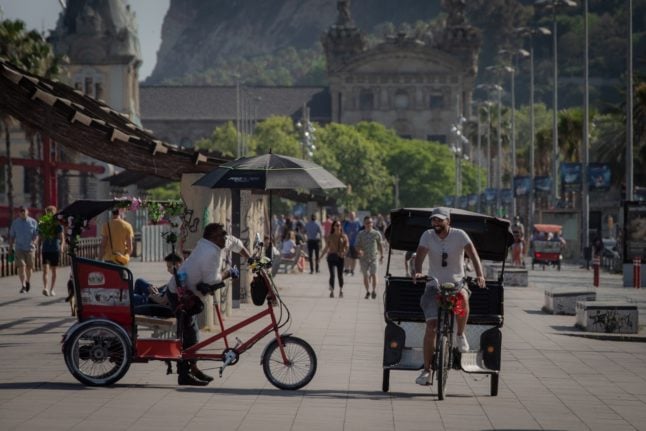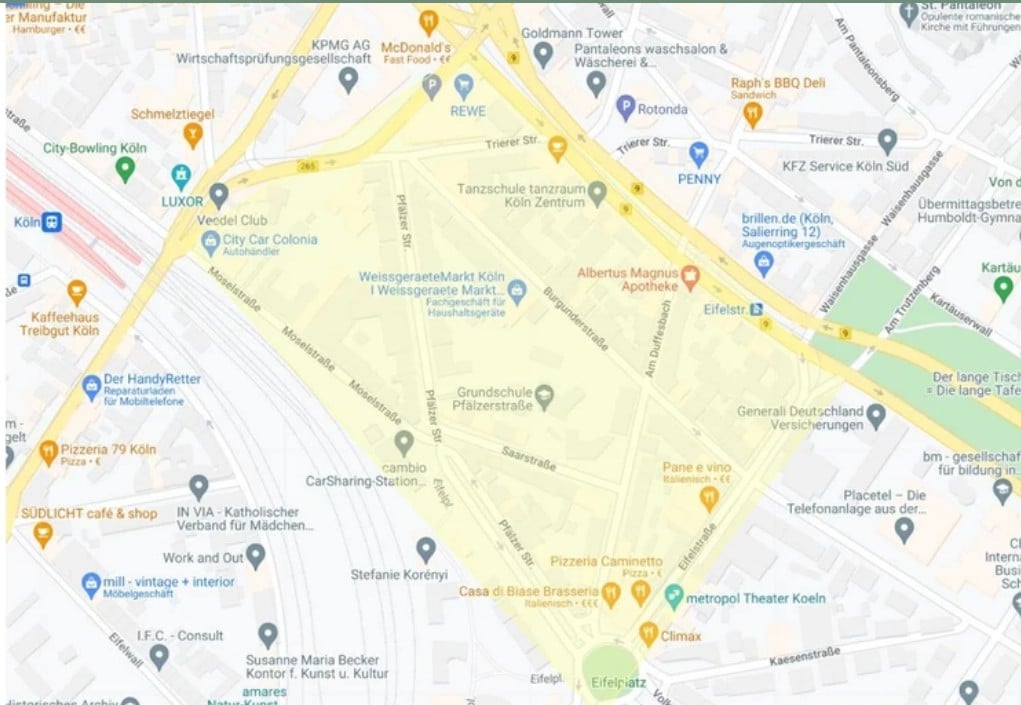Flights from Germany to popular long-distance destinations are cheaper now than they were in 2023, according to analysis by the price comparison website CHECK24.
Having compared direct flights to 20 popular destinations, CHECK24 found that long-haul flights are two percent cheaper on average this year.
In terms of real price, this amounts to an average of €868 for round-trip flights on long-haul routes in 2024, compared to €888 in 2023.
Long-haul flights are defined as taking more than six hours. Coming from Germany, most flights within Europe wouldn’t be considered long-haul.
Which German airport has the cheapest airfares?
Germany’s largest airport, Frankfurt Airport (FRA) offers the most non-stop connections to long-haul destinations.
It also tends to have the cheapest airfares, according to CHECK24’s analysis.
Flights from Frankfurt to Dubai cost an average of eight percent less (€737) than from Munich (€804), for example.
Direct flights to Tokyo are also cheaper from Frankfurt Airport than from Munich on average – €1,340 and €1,409, respectively.
For direct flights to Newark on the US East Coast, passengers can save about 10 percent by flying from Frankfurt as opposed to Munich.
But interestingly, for some other connections to the United States, it can be cheaper to fly from Munich. Flying direct to Los Angeles, for instance, is 14 percent cheaper from Munich on average.
The CHECK24 report doesn’t mention price comparisons with other airports in Germany, but beyond Munich and Frankfurt, Germany’s airports don’t offer many long-haul direct flights.
For example, from Berlin, the only regular long-haul flights at the moment are to New York, Beijing, Dubai and Miami. Other far-away destinations are more often reached from here with stop-overs at larger airports, including Frankfurt and Munich.
READ ALSO: Budget airline Ryanair to cut flights from Berlin
Düsseldorf Airport (DUS), which is Germany’s next largest, only offers a few long-haul flights, and the only long-distance route if offers every day is to Dubai.
In most cases, Munich and Frankfurt have cheaper airfares to these locations due to the volume of flights departing from those locations.
But of course, before you rush to book your next flight from Frankfurt, you’d want to factor in the cost of a long-distance train ticket if you live in another city.
Which destinations are cheapest now?
CHECK24’s analysis suggests that ticket prices to China have fallen the most, by 35 percent compared to 2023.
Return flights to Brazil and Costa Rica also fell significantly, by about 16 percent.
Also connections to India and Sri Lanka are nine percent cheaper on average this year – followed by connections to Japan and Cuba, which are eight percent less on average.
On the other hand, prices for routes to Kenya, Namibia, South Africa, Thailand and Vietnam have all increased in the past year.
Prices for flights to the US have remained stable.




 Please whitelist us to continue reading.
Please whitelist us to continue reading.
Member comments